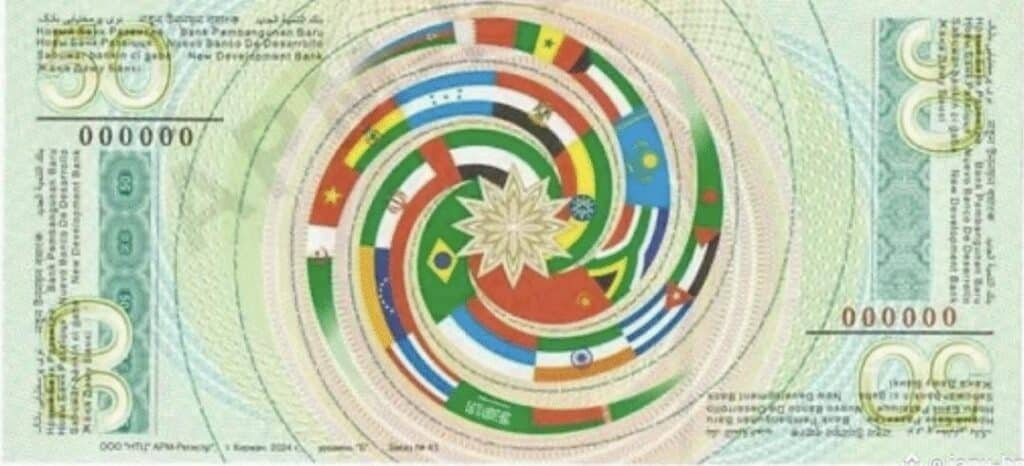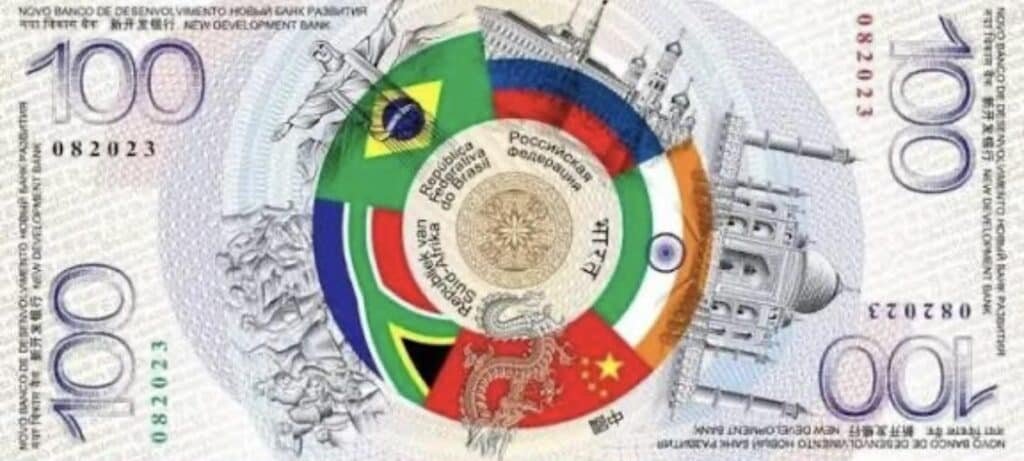

In what many analysts are calling a defining moment for the global economy, the BRICS alliance comprising Brazil, Russia, India, China, and South Africa is accelerating its plans to introduce a common trading currency. The initiative, long discussed within the bloc, aims to reduce reliance on the US dollar and strengthen financial cooperation among emerging economies. For Pakistan, this development could open both opportunities and challenges in the evolving economic order.
A Vision to Break Dollar Dominance
The proposal for a BRICS currency is not merely symbolic it represents a strategic shift. According to reports from recent summits, the new currency could be backed by a basket of member currencies or commodities such as gold and oil, providing stability and tangible value. Russia and China have been leading the push, especially in response to Western sanctions and the global financial volatility following recent geopolitical tensions.
“The world is witnessing a new phase of de-dollarisation,” said a senior economist at the Pakistan Institute of Development Economics (PIDE). “BRICS nations are asserting their financial independence, and this could eventually alter global trade flows.”
If successful, the BRICS currency could facilitate intra-bloc trade settlements, cross-border investment, and debt issuance all outside the traditional dollar system.
BRICS+ Expansion Boosts Currency Credibility
The addition of six new members Saudi Arabia, the UAE, Iran, Egypt, Ethiopia, and Argentina earlier this year significantly enhances the bloc’s financial potential. These countries bring vast energy reserves, industrial capacity, and regional influence.
Collectively, BRICS+ now accounts for nearly one-third of global GDP and over 40% of the world’s population. This expansion adds credibility to the idea of a shared currency backed by real resources oil, gas, agriculture, and manufacturing.
What This Means for Pakistan
For Pakistan, which has publicly expressed interest in joining BRICS, the potential new currency offers both promise and caution.
Economically, Islamabad could benefit from alternative financial channels through the New Development Bank (NDB) and greater access to non-dollar funding for infrastructure and trade. With Pakistan’s external debt and dollar shortage posing ongoing challenges, trading in a BRICS currency could help ease pressure on foreign exchange reserves.
However, analysts warn that participation would require macroeconomic stability, transparency, and strong trade fundamentals.
“Joining such an initiative demands credibility,” noted Dr. Farzana Iqbal, a Karachi-based economist. “Pakistan needs to reform its fiscal management and stabilize its currency before seeking to integrate with BRICS’ financial system.
A Shift in the Global Economic Order
While the BRICS currency remains in early development, its broader impact is already being felt. Major emerging economies are increasingly settling trade in local currencies for instance, Russia and India trading oil in rupees, or China expanding yuan-based settlements.
If a BRICS currency gains traction, it could gradually challenge the dominance of the US dollar in global trade and finance a move that aligns with the bloc’s long-term goal of building a multipolar financial architecture.
Pakistan’s Next Step
Islamabad’s policymakers are watching the developments closely. Officials from the Ministry of Finance and State Bank of Pakistan have indicated a willingness to explore currency swap arrangements with BRICS members like China and Russia a practical first step before any formal engagement.
“Pakistan’s participation, even as an observer, would send a positive signal,” said a senior official from the Economic Affairs Division. “We must prepare our economy to interact with new global financial systems that no longer revolve solely around the dollar.”
Conclusion
As the BRICS currency debate gathers pace, one thing is clear: the global financial order is shifting, and developing countries like Pakistan must adapt quickly. Whether this new currency becomes a full-fledged alternative to the dollar or remains a limited trading tool, its political and economic symbolism is undeniable.
For Pakistan, it represents both a challenge to reform and stabilize and an opportunity to engage with a world increasingly defined by new economic power centers.
By: Samia Zaheer

